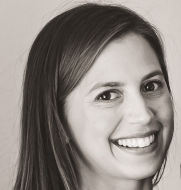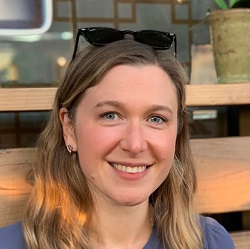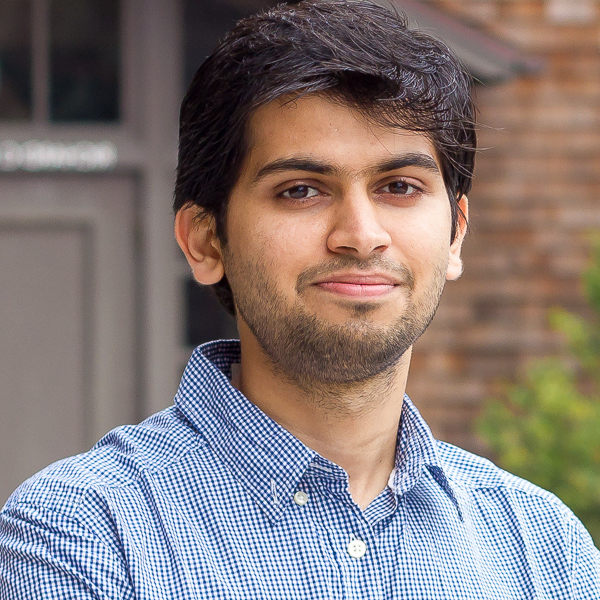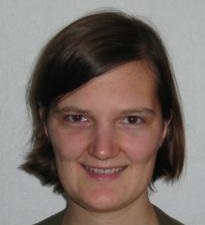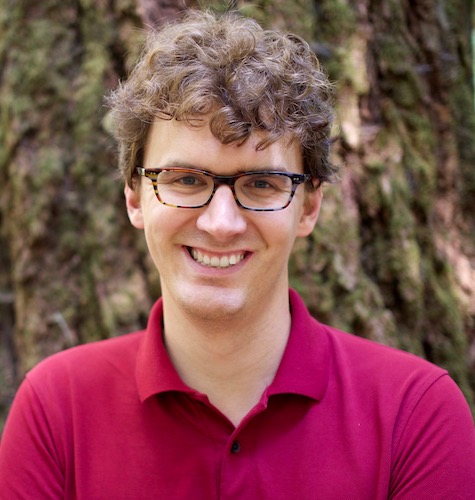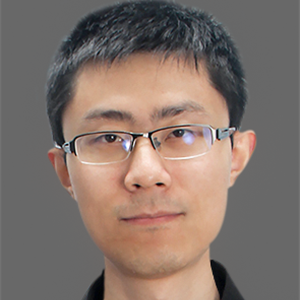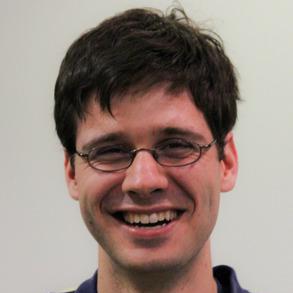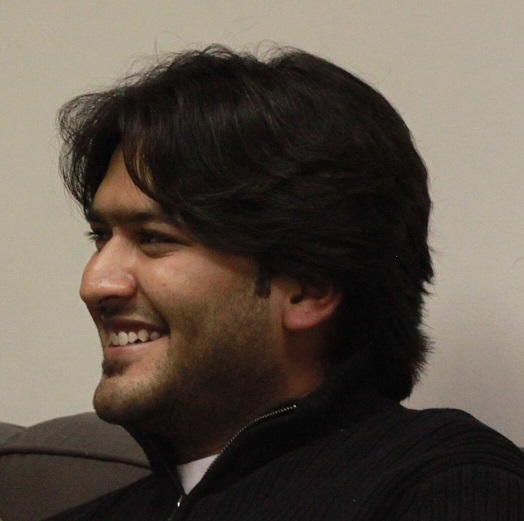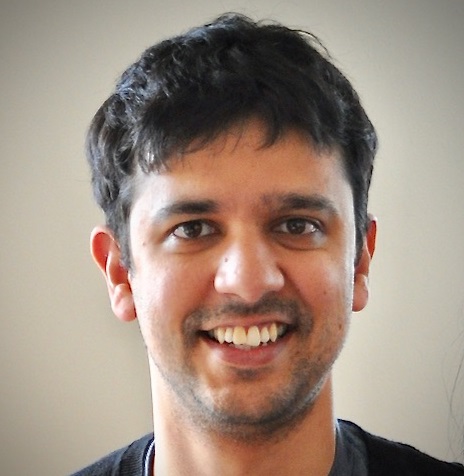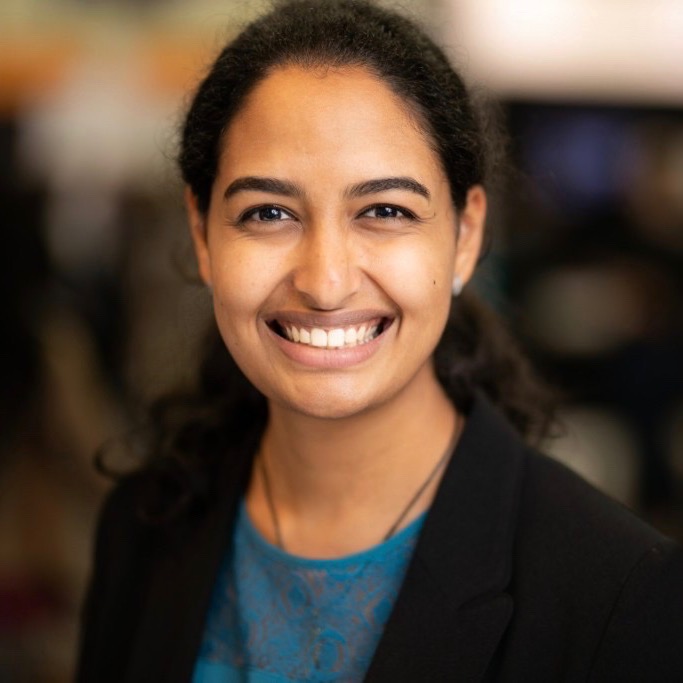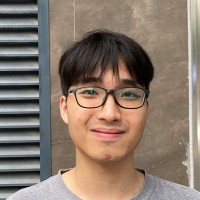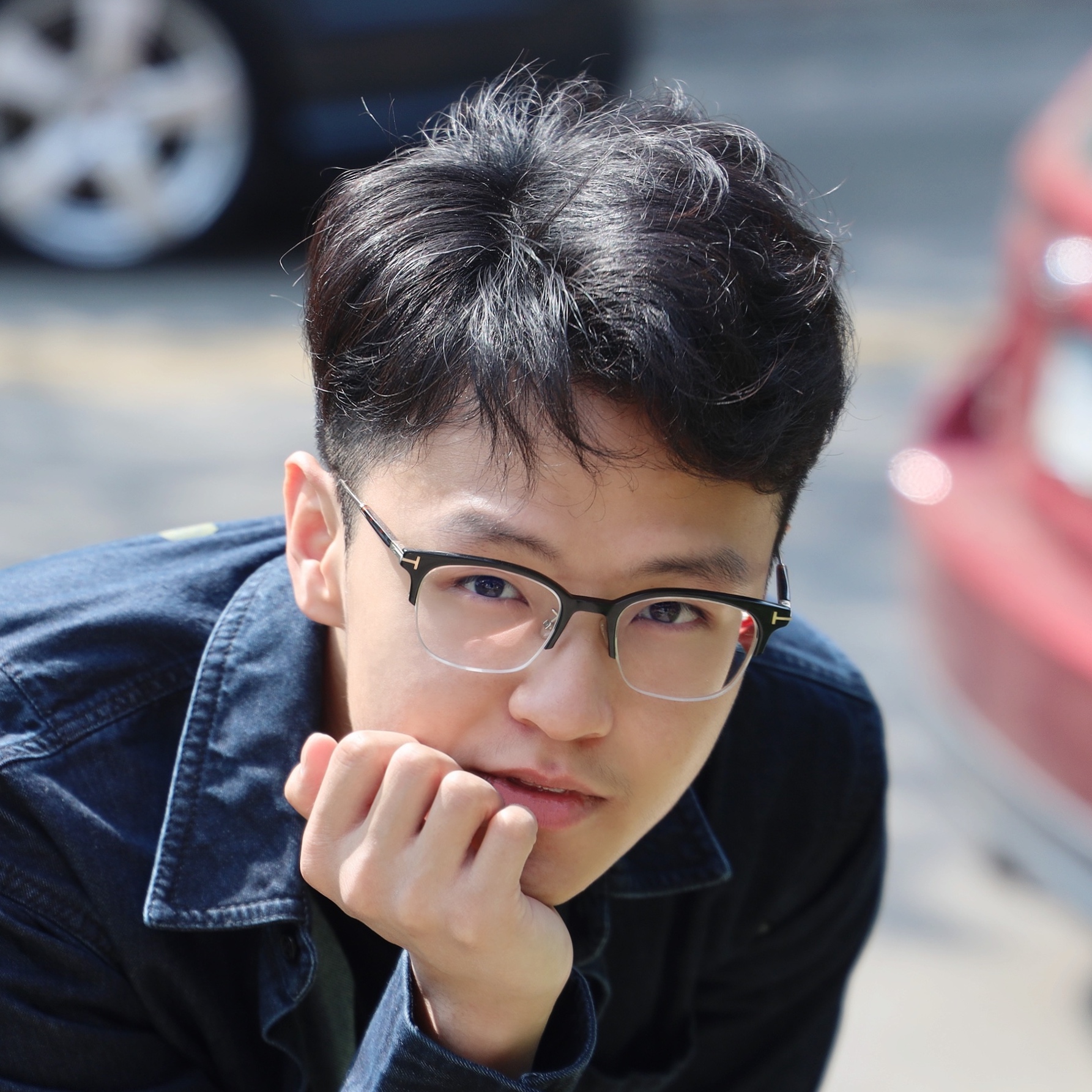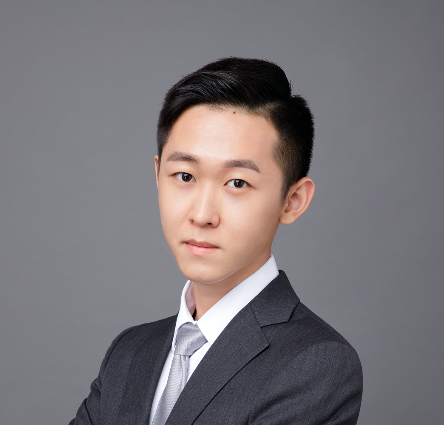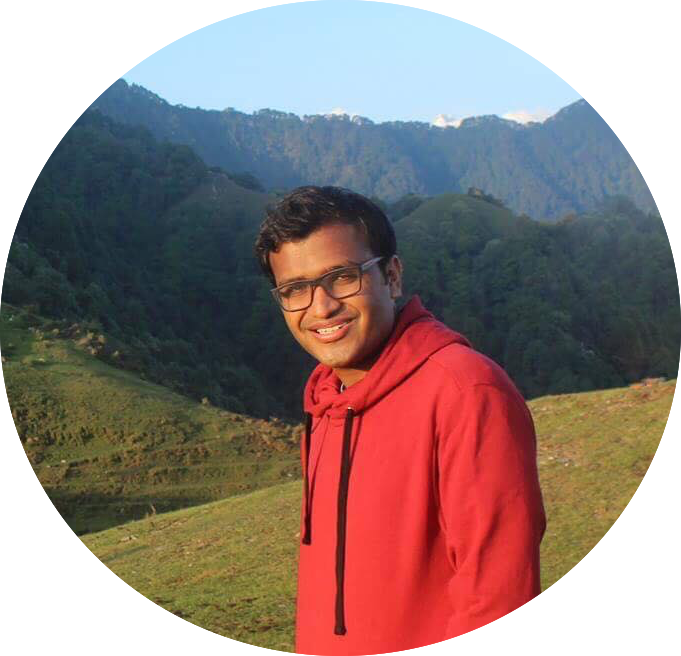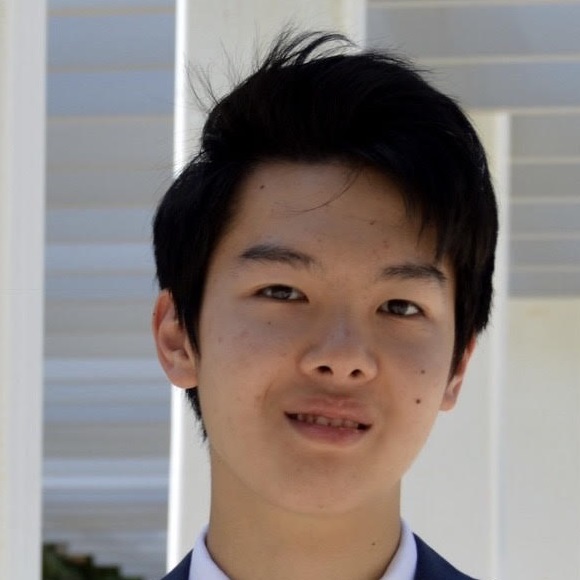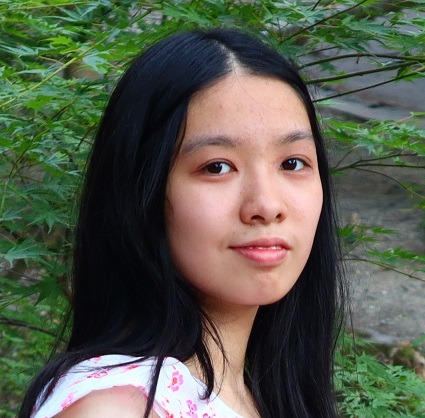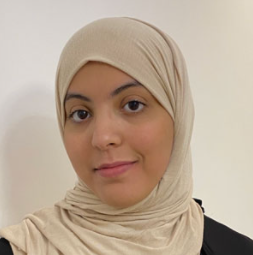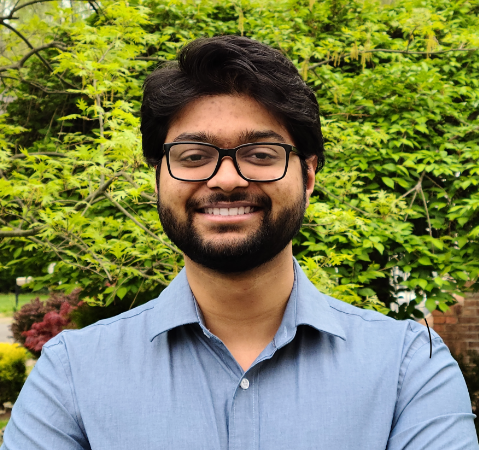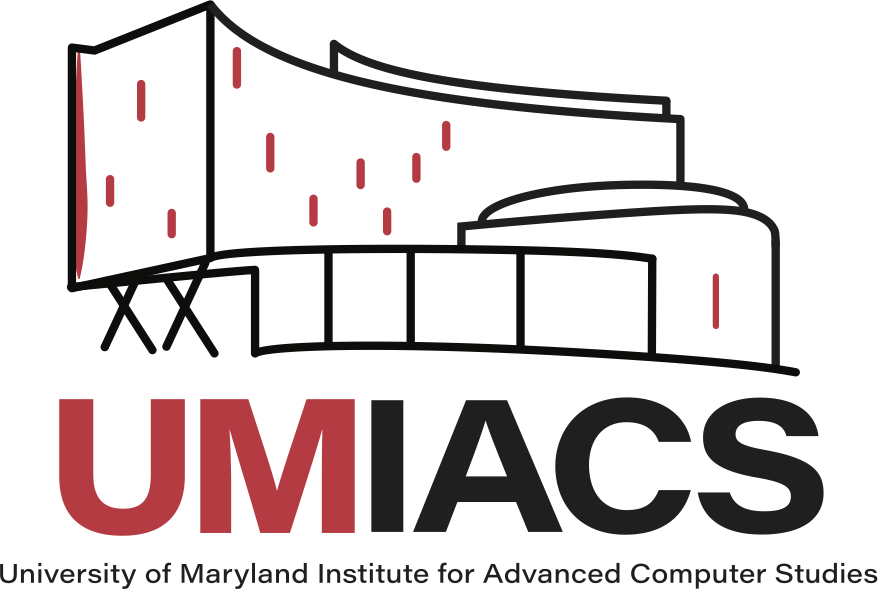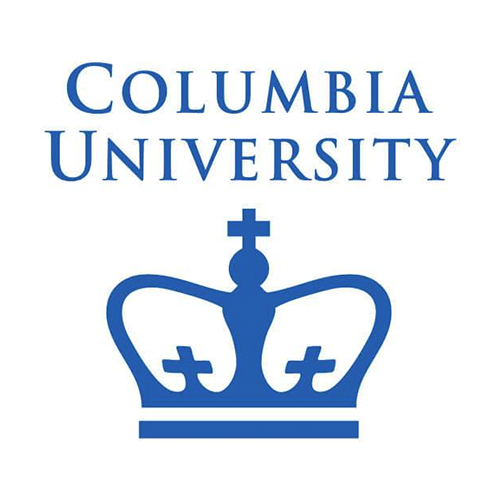Visual Perception and Learning in an Open World
The 2nd workshop on Open World Vision
June 19, held in conjunction with CVPR 2022, New Orleans, Louisiana
hybrid workshop
place: 206-207, New Orleans Ernest N. Morial Convention Center
NOTE: we will not use the zoom link provided by CVPR; we livestream the workshop on YouTube: https://youtu.be/q4ypT-33puU
Overview
Visual perception is indispensable for numerous applications, spanning transportation, healthcare, security, commerce, entertainment, and interdisciplinary research. Currently, visual perception algorithms are often developed in a closed-world paradigm, which assumes the data distribution and categorical labels are fixed a priori.
This is unrealistic in the real open world, which contains situations that are dynamic, vast, and unpredictable.
Algorithms developed in a closed world appear brittle once exposed to the complexity of the open world, where they are unable to properly adapt or robustly generalize to new scenarios.
We are motivated to invite researchers to the workshop on Visual Perception and Learning in an Open World (VPLOW) where we have multiple speakers and three challenge competitions to cover a variety of topics. We hope our workshop stimulates fruitful discussions on the open-world research.
You might be interested in our previous workshops:
Topics
Topics of interest include, but are not limited to:
- Open-world data: long-tailed distribution, open-set, unknowns, streaming data, biased data, unlabeled data, anomaly, multi-modality, etc.
- Learning/problems: X-shot learning, Y-supervised learning, lifelong/continual learning, domain adaptation/generalization, open-world learning, etc.
- Social Impact: safety, fairness, real-world applications, inter-disciplinary research, etc.
- Misc: datasets, benchmarks, interpretability, robustness, generalization, etc.
Examples
Let's consider the following motivational examples.
- Open-world data follows a long-tail distribution. Data tends to follow a long-tailed distribution and real-world tasks often emphasize the rarely-seen data. A model trained on such long-tailed data can perform poorly on rare or underrepresentative data. For example, a visual recognition model can misclassify underrepresented minorities and make unethical predictions (ref. case1, case2).
- Open-world contains unknown examples. Largely due to the long-tail nature of data distribution, visual perception models are invariably confronted by unknown examples in the open world. Failing to detecting the unknowns can cause serious issues. For example, a Tesla Model 3 did not identify an unknown overturned truck and crashed into the truck (ref. case).
- Open-world requires learning with evolving data, and labels. The world of interest is changing over time, e.g., driving scenes (in different cities and under different weather), the search engine ("apple" means different things today and 20 years ago). This says that the data distribution and semantics are continually changing and evolving. How to address distribution shifts and concept drifts?

